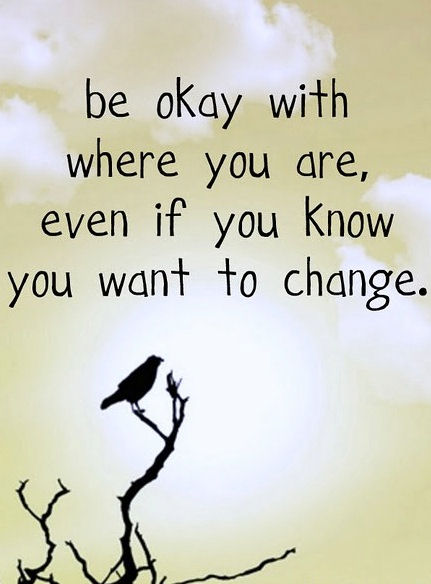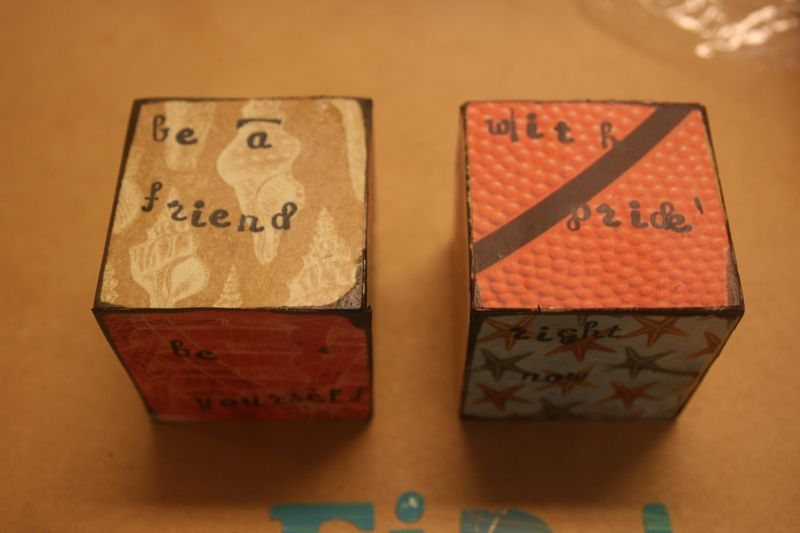I had my weekly art class at BFCCPS yesterday. I have the privilege of working with a group of middle schoolers on a course called Artful Affirmations. In this class, we use art as a medium for discovering the “self” and exploring such topics as being comfortable in your own skin, being a good friend, setting goals, identifying dreams, exploring relationships, etc. This semester, I have a really effervescent group of girls — they are awesome and very creative.
Yesterday’s topic was “setting goals” and I worked with the girls on identifying the goals they want to set, the proper way to phrase those goals, and a way to artfully display their goals. Sounds simple, but setting (and achieving) goals is an art and most people do not know how to do it effectively (failing resolutions by the middle of January, anyone?). This post is meant to help you help your children with their goals and dreams, not squander and squash them. Ready?
I started class yesterday with an interactive question and answer period which helped identify the areas that the children would need the most assistance with. I asked them a series of ‘yes’ or ‘no’ questions like:
- Have you ever set a goal or resolution before?
- Are you typically able to achieve your goal? Or, do you give up and quit before giving yourself a chance?
- Have you ever shared your goals/dreams with anyone before? Or do you typically keep them to yourself?
- Have you ever had an experience where anyone told you your goal was silly, unattainable, or foolish?
- Do you give yourself permission to dream?
- Do you believe that the thoughts you think hold lots of power?
So, this simple series of questions was very telling and it is what prompted me to write this post today. This core group of children undoubtedly has a lot in common with the children under your roof, so it would be a mistake to poo-poo this information. Most kids keep things to themselves, when what they really need is a robust support network. Most kids have had contact with at least one dreamstealer. Most kids have set goals and most of them have also given up on them relatively quickly.
When I asked for some samples of goals that the girls have set, I heard:
“I want to get better grades.”
“I want to be happy.”
“I don’t want to feel like the third wheel all the time.”
“I want to make the hockey team.”
“I don’t want to be so unhealthy.”
The first thing we worked on was understanding HOW to properly set a goal, because believe it or not, there is an art (and multiple physiological reasons) to setting yourself up for success. When I heard those goals, a few things went through my mind: not specific enough, too much focus on the wanting and not enough on the doing. I shared many tips for how to set SMART goals with them (Specific, Measurable, Attainable, Relevant/Rewarding, and Time-bound) because how you phrase your goals will tell your brain what to act on. That is why vague goals produce vague (or no) results. I gave the following examples.
This is what most people say when setting up a weight loss goal:
“I want to lose weight.”
But that is a very vague goal and the word “want” is not a verb you want to use when setting up goals. Saying you “want” something only tells your brain to want it — not to work to achieve it.
A better way to write that goal would be:
“I will healthfully shed 15 pounds by July 31, 2013.”
As you can see, the new goal is much more SMART. It is specific (you are telling your brain what you want). It is measurable (you are either 15 pounds lighter or not). It is attainable (15 pounds is very doable in the time allotted). It is rewarding (imagine how amazing you will feel when you are closer to your ideal weight). And, it is time-bound (we know to check with you on July 31 to see how you did). Make sense?
Then, I gave them an example of what one of my goals might have looked like, and then what it looked like when I made it a SMART goal. I went from, “I want to help women” (help them do what? how? by when?) to “I will help women develop a greater sense of self-esteem, adventure, and bravery by scheduling three workshops before June 30, 2013.” See the difference?
Now that I have given you some information on how to write a SMARTer goal, I am going to tell you how to help your children identify relevant goals and be supportive.
- Help them write their goals in a SMART way. The more specific the goal and the more determined the setter, the more brilliant the results.
- Ask questions. Instead of jumping to the age-old “it will never happen” or “that is silly” or “maybe in your next life,” ask them questions. Having a dialog will help you both reveal a lot of the things behind the goal. Inquire. Why is this goal important to you? What do you think you would have to do more of to succeed? What would you have to give up? This very simple step is going to do one of two things: either solidify that this is a goal that is truly important to your child or help them unearth that it is not.
- Refrain from “Shoulding” all over them. As much as you want to, do not “should” them to death. You should do this. You should do that. You can gently guide them and help them uncover the pieces of their own puzzle without telling them what you would do if you were them. Asking questions would also be appropriate in this scenario: Have you thought about how this might impact your schoolwork? How much of a commitment do you think this will take? Are you prepared for the consequences?
- This is definitely not a time to project your fears and insecurities onto them. Just because you were never courageous enough to run for student council doesn’t mean they can’t. Maybe you have a hard time standing up for what you believe in, but don’t rob them of their truths because you are not yet comfortable enough to live up to yours.
- Understand that you might have to make some sacrifices in order to help them succeed. If they want to volunteer at a homeless shelter, you might have to drive them or stay with them while they volunteer. If they want to excel at a particular sport, it might cost you additional time and money. If they want to start a group or a club, you might have to offer up your home for meetings.
- Encourage them to seek out a support network. Have them identify an “accountability partner” who can check in with them on their progress and help them overcome obstacles. Keep in mind that the accountability partner could be a family member, but it doesn’t always have to.
- Have them post their goals in a public place. They could create a detailed vision board that hangs in their room. Or post them on the refrigerator or near the bathroom mirror. The goal is to stay in touch with your goals/dreams on a regular basis, not write them down in a notebook and forget about them.
- Have them recite their goals twice a day. Upon waking in the morning and right before bed at night are the best times.
- Tell them you love them. Often. Both when they are thriving and also when they are struggling.
- Share. Talk to them open and honestly about your victories, defeats, and how something else always comes along. Kids need to know that goals are important, but sometimes a goal is merely a stepping stone to something bigger and better.
There are some really great resources for setting goals. I highly recommend Jack Canfield and Darren Hardy.
If you want to set your child up for some one-on-one goal-setting sessions (either in person or over the phone), please let me know. I use the unique and effective Self Esteem Through Art curriculum to enhance results. Building better kids…it’s kind of what I do.
With much love and wishes for success,
Jenn
XO
P.S. Keep me posted on how everyone is doing with their goals. I would love to hear from you.





Brilliant, absolutely brilliant.!!!!!!!